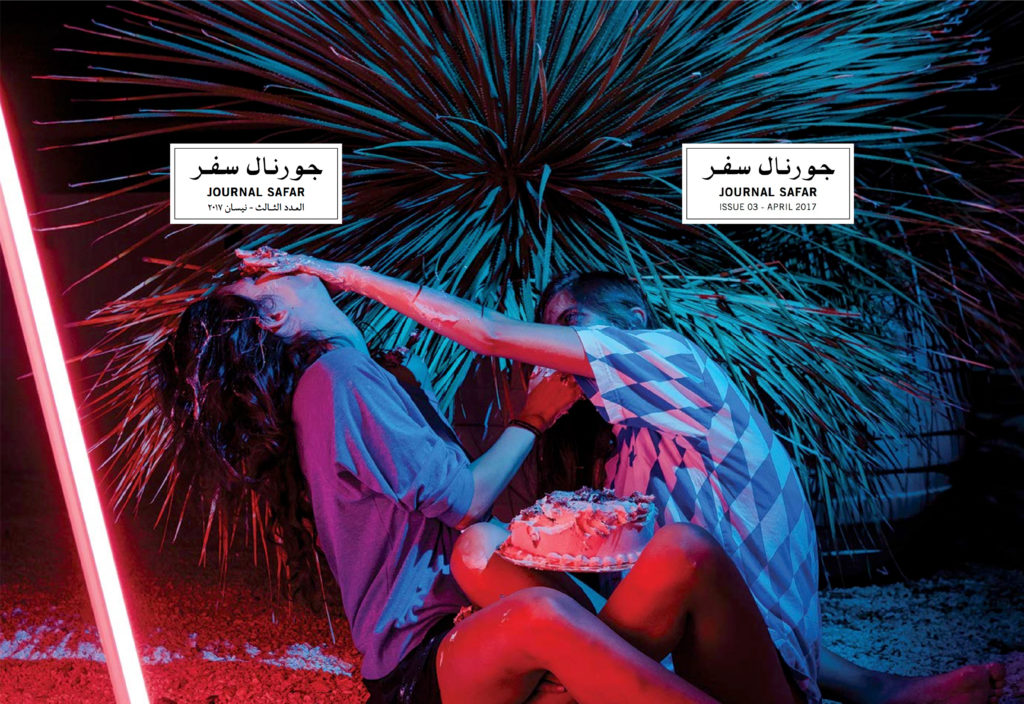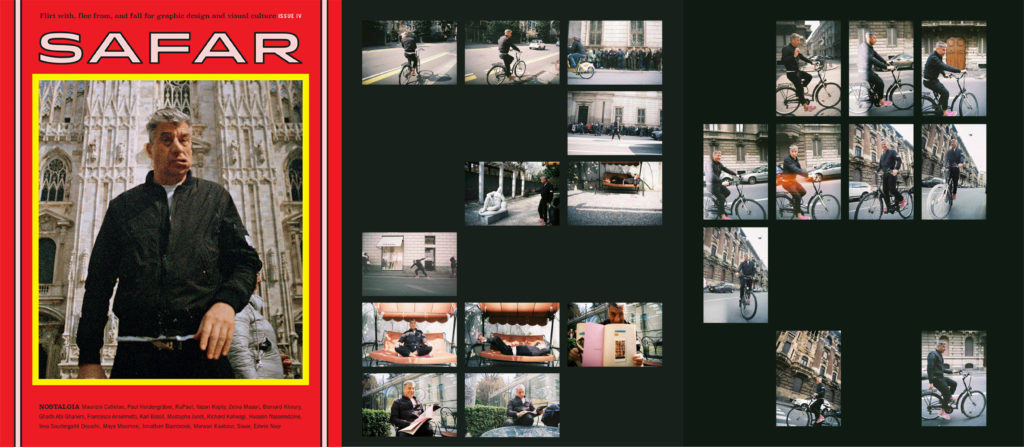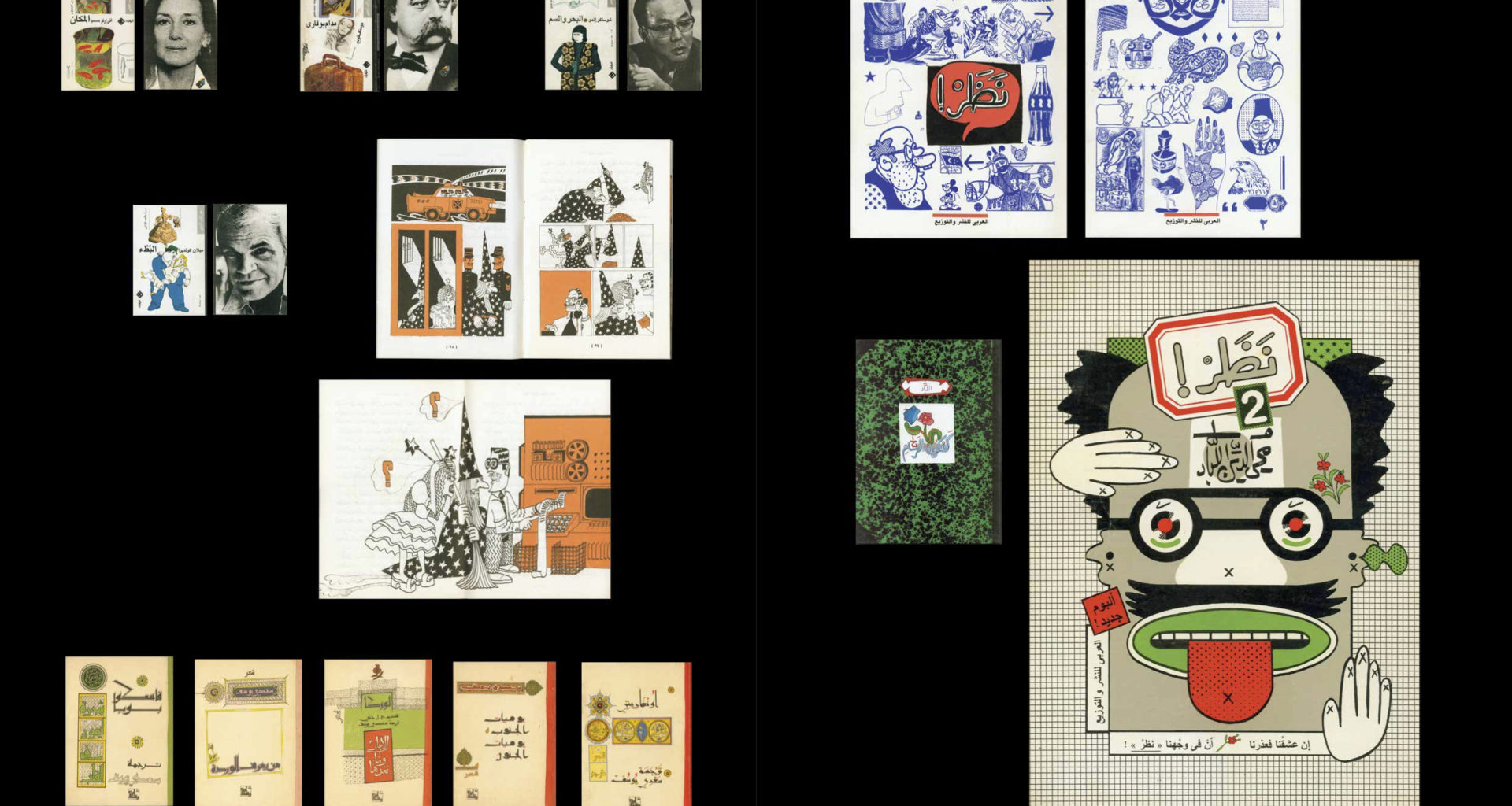The Khaleejesque team continually ponders with the barrage of research, commercial trends, and click bait articles that have called ‘time of death’ on our respective field of publishing. With our collected knowledge, network, and experience in what is seemingly a “dying field,” we set to formulate our own research more focused on the MENA publishing scene on a global scale—namely, niche and independent publishing platforms, whether print or online, founded and staffed by young Arabs and Muslims from around the world.
As a platform that strives to amplify the voices of creatives and activists alike, we are dedicated to sharing our findings on a burgeoning field amongst creatives of the MENA region and beyond. As traditional publishing houses increasingly diminish, these independent platforms are paving the way for a new movement—heralding a cultural paradigm shift towards an egalitarian voice in publishing far from the constraints of traditional print and online media.
As a result, we’ve published a MENA Indie Zines and Platforms feature which can be accessed here.
In addition we’ve reached out to individual Zines who have shared with us their intricate workings and their missions and visions for their platform.
On behalf of Journal Safar, Sharon Grosso (Editorial Assistant) has answered below.

- About the Platform:
Above all, Safar seeks to give agency to graphic design as a field that plays an integral, important role in cultural production. Safar asserts this agency by contributing to and affecting culture itself. For example, the journal re-writes false, simplistic narratives about ‘the Middle East’ by demonstrating the intricacy and strength of design, thought, vision, and voice in the region. Graphic design and publishing together enable Safar to gather different voices, to put them in conversation with each other, and to share the resulting dialogue and design with others—at local and international levels.
Publishing Safar is also about creating a beautiful, thoughtfully-designed magazine that people will want to hold, read, and explore. The latest issue includes pieces that are simply captivating to look at: for example, Maya Moumne’s film photographs of Maurizio Cattelan wandering through Milan, Italy and a collection of old Arabic children’s book covers compiled by Hussein Nassereddine (see attached photos).
Finding strong, sustainable financial support for an independent publication and getting the word out about the publication remain challenging. That being said, the Journal Safar team is deeply committed to the aforementioned aims, and so Journal Safar has now published five increasingly successful issues including our latest fifth issue, Migrations.

- Content: what is your publication concerned with and what kind of content does it feature?
Safar is an independent visual and design culture magazine from Beirut. It aims, first and foremost, to give agency to the field of graphic design, and to assert graphic design as a significant producer of culture. The name, Safar—meaning ‘travel’ in Arabic—refers to the notions of communication, especially across cultural and linguistic boundaries, that the bilingual Arabic-English journal also seeks to engage and promote. For each issue, Safar invites designers, writers, thinkers, and other creatives to respond to a set theme, with this latest issue exploring “Nostalgia” and binding together a multitude of colorful voices and images.
- The team behind the platform:
Safar is produced by a team comprised of two co-creative directors and editors-in-chief (Hatem Imam and Maya Moumne); one executive director (Alfred Bridi); three full-time graphic designers (Lynne Zakhour, Siwar Kraytem, and Ayla Kekhia); one full-time administrator (Ali Abdallah); one editorial assistant (Sharon Grosso), one editorial intern (Nourhane Kazak); and two graphic design interns (Dalida Raad and Chiara Zakhia).
Out-of-studio writers, researchers, photographers, interviewers, architects, designers, and others are paid for their contributions (written pieces and/or images) to Safar. The most recent issue of Journal Safar, for example, included an interview with architect Bernard Khoury, a photo-essay by Ieva Saudargaité Douaihi, and an interview with graphic designer Jonathan Barnbrook. Hussein Nassereddine translates English articles into Arabic for the journal.
All other material for and related to the journal—design, layout, logos, advertisements, merchandise, etc.—is designed and created by the abovementioned in-house Safar team.

- Work Space:
The Safar team is mostly based in one studio in Gemmayze, Beirut, Lebanon. One member of the team is based in New York and another member in London.
journalsafar.com
twitter.com/journalsafar
instagram.com/journalsafar
Header Image: Hussein Nassereddine, Arabic children's books
All images courtesy of Journal Safar.







